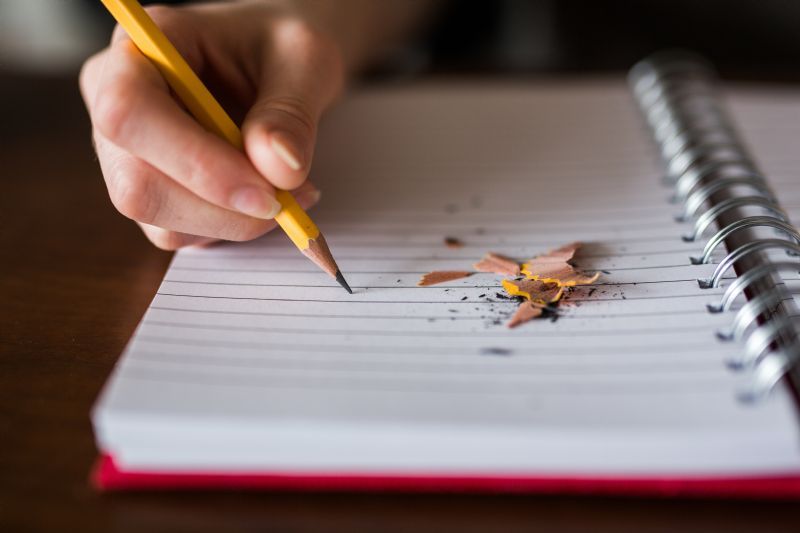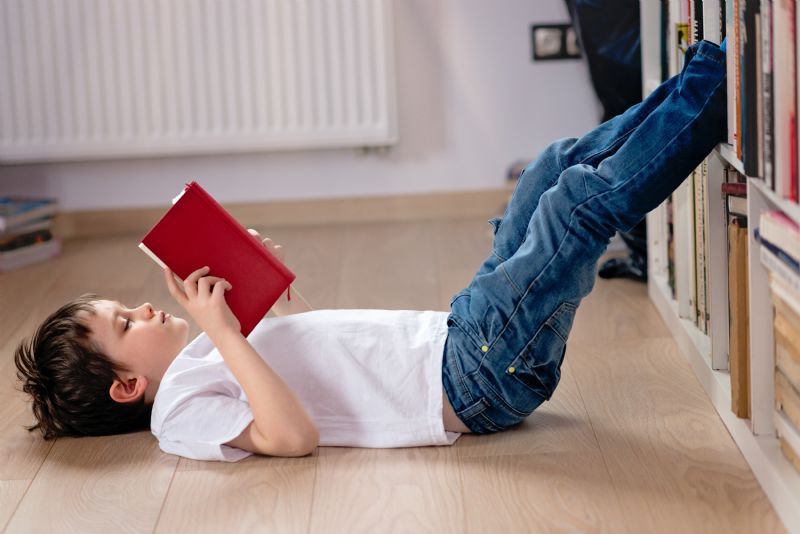
If you’re the parent or teacher of a child who’s been diagnosed with a learning disability, chances are, you’ve felt some powerful sense of discouragement, confusion, and uncertainty surrounding the news.
Will my child or student be able to flourish in school?
Will he or she face setbacks?
How can I teach them in a way they can best understand?
Take a deep breath, dear Reader, because hope is not lost!
In the world of education, the term “learning disabled” is arguably the most widely misunderstood and misused. Because of the politics and haziness surrounding the term, many people reference it incorrectly, or simply don’t know what’s being referred to when the phrase is used.
As a parent or teacher of a child with a learning disability, it’s important you are equipped with a solid understanding of the basic facts and diagnostic information before you make any lifestyle changes for the child in your care.
If this all sounds overwhelming, fret not - we are here to help!
Armed with insightful information, you’ll be more successful in advocating for your child, and for his or her unique needs in the classroom, at home, and in their day-to-day lives.
Let’s begin by talking about the term learning disability.
Learning disability is more of an umbrella term covering a myriad of learning challenges. The phrase itself can be a problematic one, imprinting a child or young adult with the idea they are “disabled,” “slow”, or unable to learn at all.
This is simply not the case.
Learning disabilities are neurological conditions, meaning a child’s brain is literally wired in a different way, resulting in cognitive struggles to learn when taught by conventional means.
Yes, a learning disability is a lifelong condition. No, it’s not something which can be cured or grown out of.
Yes, a learning disability will require additional support and assistance, both in home and at school. No, a learning disability won’t prevent your child from living a joyous, inclusive, productive life.

Learning disabilities are generally named for the function area they affect. The most commonly diagnosed learning disabilities are:
Not listed, but worthy of mention, is ADD/ADHD. While not categorized as learning disabilities, this condition has a high rate of joint diagnosis in children with several of the learning abilities listed above.
Of all the possible ways in which a learning disability makes itself known, dyslexia is probably the most well-known, yet most misunderstood of all.
For children of school age, dyslexia often becomes evident as soon as reading is introduced. Dyslexia causes problems with:

According to the Learning Disabilities Association of America, some signs and symptoms of dyslexia to watch for in your child or student are:
If you suspect your child may be dyslexic, you can opt to have them evaluated by a qualified professional.
When going with your child to have them evaluated, think of the evaluation as a fact-gathering process, rather than a test taken with results delivered. Remember, the diagnosis changes nothing about the child, and only serves to give you better clarity about how to teach and guide them.
During the evaluation, information is gathered from either parents or teachers (or at times, both!) in order to gain scope of the child’s strengths and weaknesses. The accompanying adult might be asked to give insight into how the child’s reading and writing has developed over time.
Then, a series of tests are given to identify patterns in speech and word, which may or may not lead to a diagnosis of dyslexia.
It’s important to keep in mind that middle school students with dyslexia can become adept at hiding their reading difficulties in order to save face with peers and teachers.
One big clue pointing to dyslexia in older children is reluctance to read. Middle schoolers who avoid reading, refuse to read aloud, or appear nervous when asked to order off a menu usually do so because of struggle and embarrassment.
Children with dyslexia often hear things like, “You’re so smart. If only you worked harder!”
It’s incredibly important for children to know that, aside from making learning to read and write difficult, dyslexia also provides them with unique, positive abilities.
Once a child with dyslexia understands this, they can better embrace who they are, which will increase their self-esteem and help them view learning in a more positive light.
In his book The Gift of Dyslexia, Ronald Davis lists eight basic abilities that all dyslexics share.
Among them are heightened curiosity, vivid imaginations, thinking mainly in pictures instead of words, and being highly intuitive and insightful. It’s no wonder that some of the world’s most brilliant and successful people were/are dyslexic, including:

Parent or teacher, the most important thing you can offer your child is support.
They need to know they are valuable and accepted; chances are, your child or student is already doing the best they can. Praise them often! And make sure the feedback you give them is well thought out.
Yes, reading and spelling are crucial skills your child will need to master during their school years (and beyond). But make sure you’re paying attention to the child’s strengths, rather than focusing on their weaknesses!
If you suspect a student in your class has a learning disability, start by seeking out the special education staff in your building.
Whether or not you have experience teaching a child who struggles with an aspect of learning, there are certain skills you can implement to see what differences are made in the child’s learning comprehension.
And don’t be afraid to ask for help! Begin by learning two or three strategies, and see if they make a difference over the course of a month or so.
Finally, at all costs, do not criticize or penalize a student for poor reading or spelling! Remember, these children are no less capable and gifted than other children and students - they are simply wired differently.
Yes, it will take some extra work to determine whether they need a more specialized remedial instruction, and you may occasionally fail as you try new things.
But Albert Einstein famously said, “Everybody is a genius. But if you judge a fish by its ability to climb a tree, it will live its whole life believing that it is stupid.”
If you let this simple observation be your compass in working with and guiding the child in your care, you will never go wrong!
Keep reading with these similar articles:
How to Recognize ADHD at Any Age (and What Next Steps to Take!)
I Think My Child Has Autism - What Can I Do, and How Can I Help?
Want to learn even more? Find dozens of videos featuring products and caregiver tips like these at Rehabmart’s YouTube channel!

Megan has been a part of Rehabmart since its inception nearly 20 years ago. For the past several years she has been enjoying her role as HR Director while maintaining her Physical Therapy license. When she isn't working on her next in-service or working to find a new team member, she enjoys her five children, helping those who have PT type ailments, baking, practicing yoga, and working out.